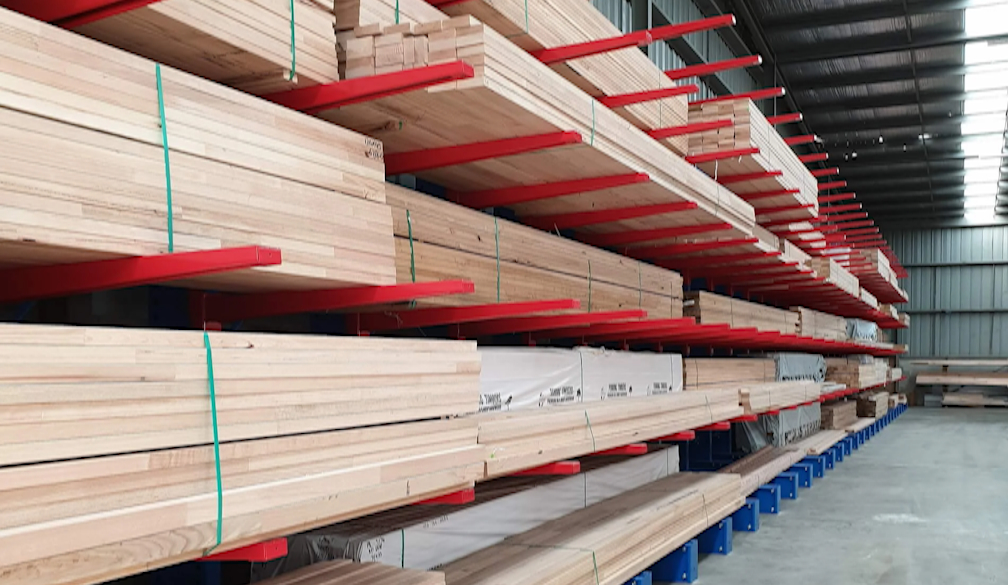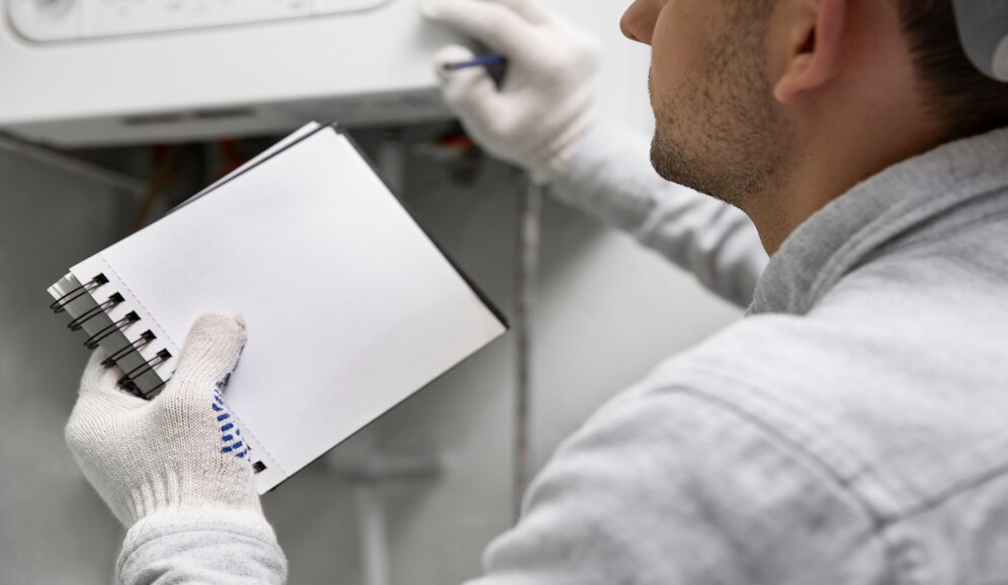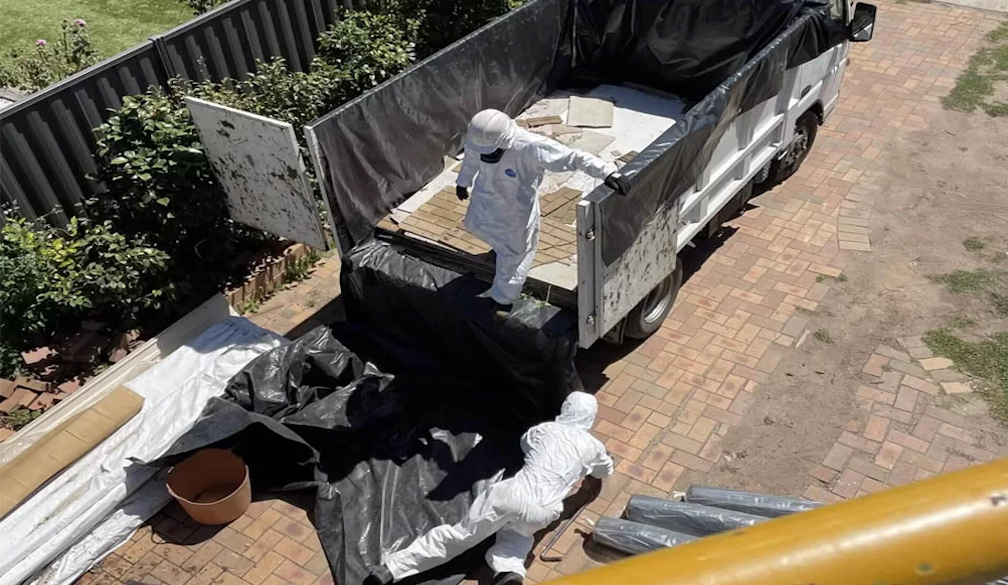How to Get Started with Cantilever Racking

When it comes to optimising your warehouse storage, cantilever racking is a versatile and efficient solution that can help you store long, bulky items such as timber, pipes and sheet materials more effectively. By understanding the basics of cantilever racking and following a few key steps, you can get your system up and running smoothly. Whether you're a seasoned warehouse manager or just getting started, this guide will walk you through the process of setting up cantilever racking for your space.
Assess Your Storage Needs
Before you dive into setting up a cantilever racking system, it's important to assess your specific storage needs. Consider the types of materials you plan to store, including their dimensions and weight. Cantilever racking is ideal for storing long, unwieldy items, but understanding your inventory's exact requirements will help you determine the size and capacity of the racking system you need. This assessment will ensure your racking accommodates your products efficiently and safely.
Choose the Right Cantilever Racking System
Once you have a clear understanding of your storage needs, it's time to choose the right cantilever racking system. Cantilever racking comes in various sizes, arm lengths and load capacities, making it suitable for a wide range of applications. When selecting your system, consider factors such as the height of your warehouse, the weight of the materials you’ll be storing and whether you need a single-sided or double-sided racking system. Single-sided racking is typically placed against a wall, while double-sided racking allows for access from both sides, maximising storage space.
Plan Your Layout & Installation
Proper planning is key to a successful cantilever racking installation. Begin by mapping out your warehouse layout, taking into account the dimensions of the racking system and the clearance required for forklifts or other equipment. Ensure that there’s enough space to manoeuvre around the racking safely and that the racking is positioned in a way that maximises efficiency. It's also important to consider the weight distribution when installing the racks. Heavier items should be stored at the base, with lighter items on top.
Assemble & Secure Your Racking
Once your layout is finalised, it's time to assemble the cantilever racking. Begin by assembling the base and uprights, followed by the arms and bracing. Most cantilever racking systems come with detailed instructions, but if you're unsure, it's always wise to consult with a professional installer. Proper assembly is vital for ensuring the safety and durability of the racking system. After assembly, make sure to secure the racking to the floor or wall as required to prevent tipping or shifting under load.
Organise Regular Maintenance & Safety Checks
After your cantilever racking system is set up, ongoing maintenance and safety checks are essential to keep your warehouse operating smoothly. Regularly inspect the racking for any signs of wear, damage or instability. Ensure that weight limits are always adhered to and that items are stored correctly to prevent accidents.
Conclusion
By following these steps, you'll be well on your way to setting up an efficient and safe cantilever racking system in your warehouse. Whether you're expanding your storage capacity or organising your existing space, cantilever racking offers a flexible solution that can be tailored to your unique needs.








